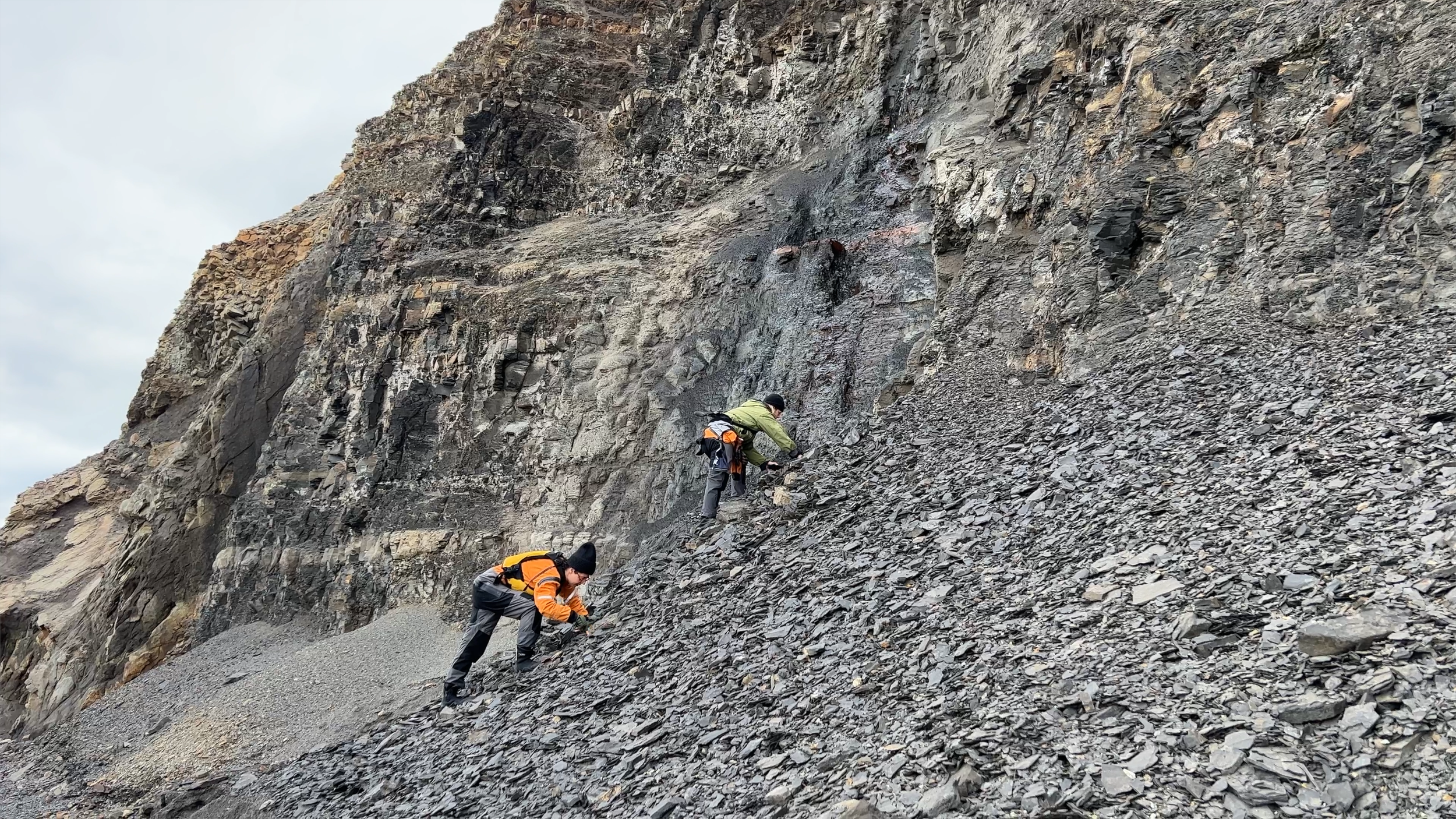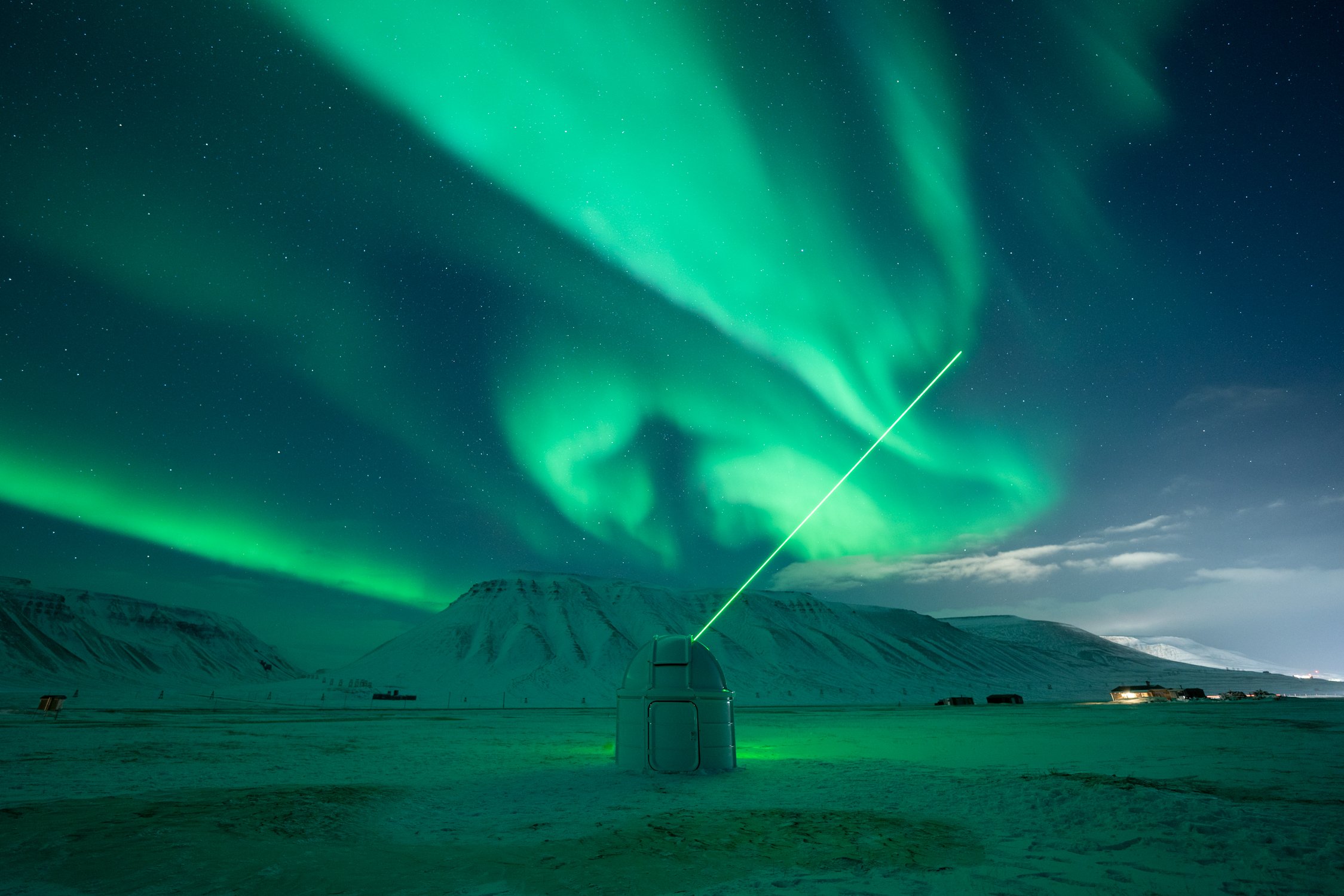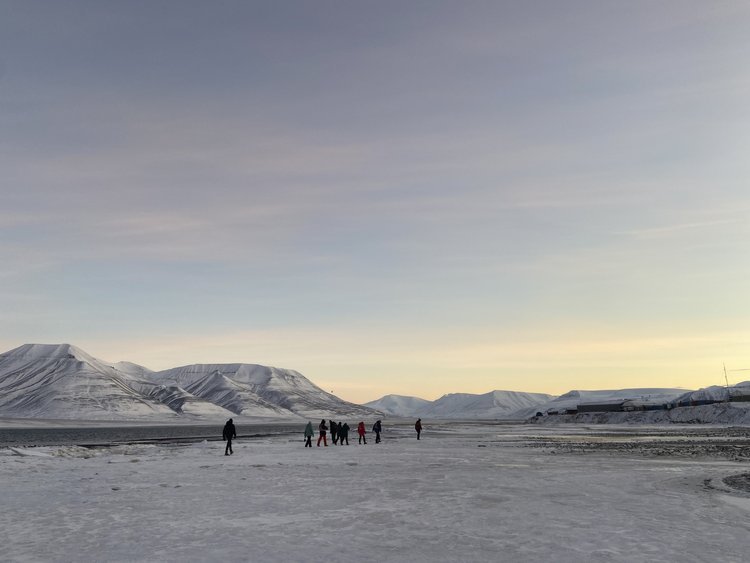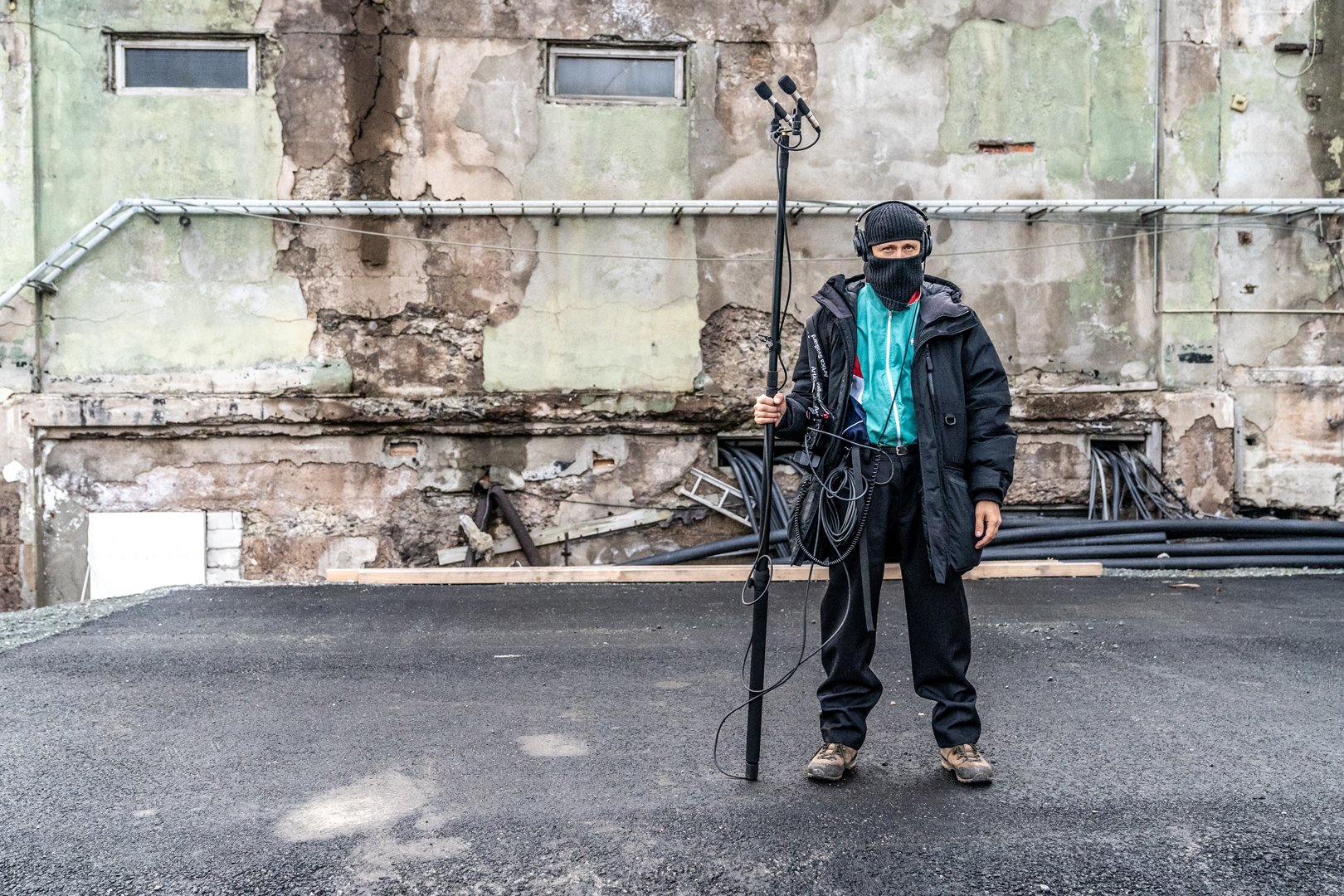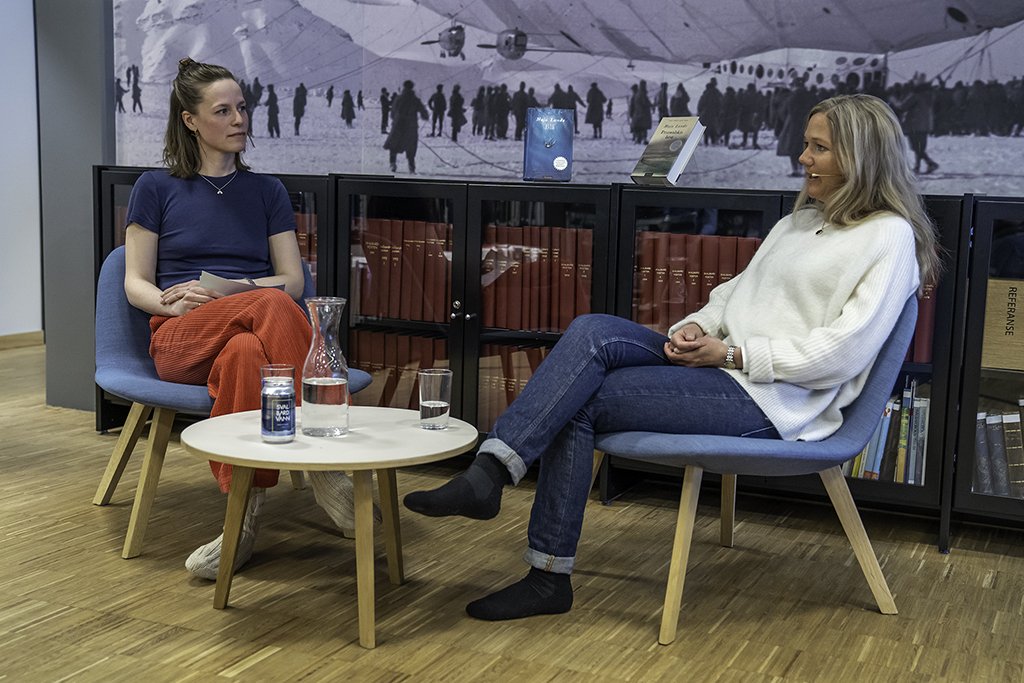Artica Listens 2020: Part 4 - The Future of Svalbard
What should the future of Longyearbyen and Svalbard look like? And what will it take to get there? In the final part of Artica Listens 2020, we invited people to join us for a live conversation that linked the topics of the previous three parts.
The live stream took place at Litteraturhuset in Oslo and was open to the public.
The participants of this final part are author Maja Lunde, philosopher Einar Øverenget and social anthropologist Zdenka Sokolickova. The audience (both digitally and live) were invited to participate in the discussions and to ask questions.
For more information about the Artica Listens 2020 event visit here.
More Videos
Recorded at Litteraturhuset, Oslo – 27 March 2025
This panel event brings together leading voices in Arctic policy, international security, and geopolitical strategy to explore the shifting balance of power in the region—with a particular focus on Svalbard.
In the summer of 2022 we welcomed Spanish artist Inma Herrera to the Artica residency. In this new film Herrera, a visual artist living and working in Helsinki since 2014 shares her reflections on the residency experience, her practice and the meditative process of making.
In November 2021 Artica resident Jessica MacMillan presented Time Line, a one-of-a-kind short term public project which took place for the first time in Longyearbyen.
In October 2021, Artica hosted the project: The Slow Adventure, a collaborative between artist Floortje Zonneveld and the students of the Svalbard Folkehøgskole.
For Artica Listens 2021 Ignas Krunglevičius, created HARD BODY DYSPRAXIA, a sonic installation inside a disused coal power plant in Longyearbyen, Svalbard.
In April 2021 during Maja Lunde’s residency, Artica and Longyearbyen Library hosted an in conversation with Longyearbyen based writer and journalist Line Nagell Ylvisåker.
During his residency at Artica, artist Ignas Krunglevičius gave an evening talk about his practice and influences. To read more about Krunglevičius and his work visit here.
Norges selvbilde bygger i stor grad på at myndighetene anser seg selv som en «humanitær stormakt» og fredsmegler. Dette var sentralt i markedsføringen da Norge i sommer vant konkurransen om en plass i FNs sikkerhetsråd.
What should the future of Longyearbyen and Svalbard look like? And what will it take to get there? In the final part of Artica Listens 2020, we invited people to join us for a live conversation that linked the topics of the previous three parts.
When the Covid-19 crisis hit, foreigners truly experienced that they have different social rights in Svalbard than Norwegians.


